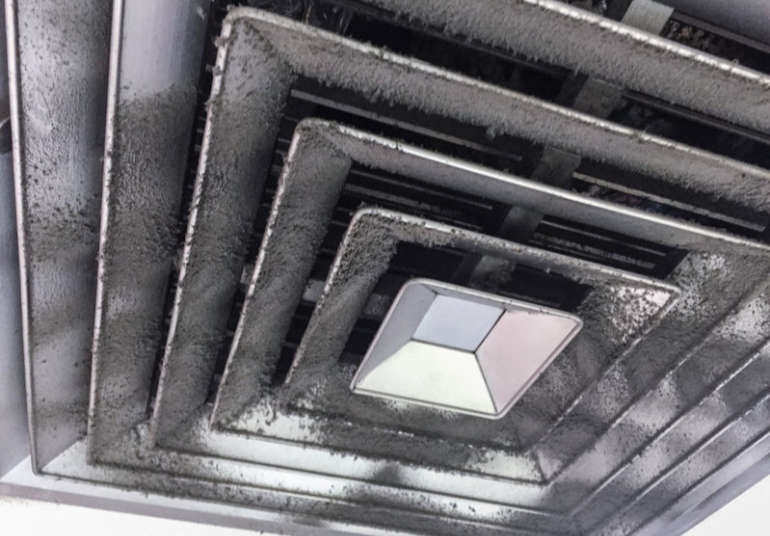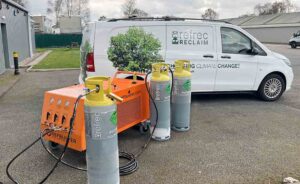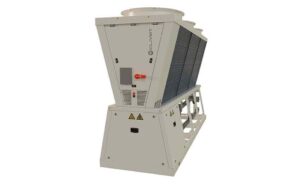FMs warned on airborne Covid-19 threat
13th July 2020
UK: BESA has urged facilities managers to revisit building ventilation strategies to minimise possible transmission risks as more buildings reopen following the Covid-19 lockdown.
The call follows the World Health Organisation’s acknowledgement of the threat from the airborne transmission of the coronavirus. Concerned about “super spreader” events in enclosed environments, the WHO has recommended that good environmental ventilation is ensured in all closed settings, with appropriate environmental cleaning and disinfection.
“We have been arguing since the early days of the pandemic that ventilation can play a crucial role in reducing the threat of virus transmission,” said Nathan Wood, chair of BESA’s Health & Wellbeing in Buildings group. “We should also consider the wider deployment of air purification technologies, which are now being used more regularly in healthcare settings.
“Not only do we have this significant admission from the WHO, but many internal spaces have been changed to allow for social distancing,” Wood said. “Putting up partitions, for example, will change the pattern of air distribution.”
The WHO’s original position was that Covid-19 did not remain in the air, but was transmitted via droplets emitted when people cough or sneeze falling onto surfaces. That is why handwashing was seen as a key prevention measure. However, new evidence suggests the virus can remain suspended in the air for some hours and could fundamentally change tactics for reducing transmission rates.
Schools have become a key area of concern with more children return to poorly ventilated classrooms in recent weeks. A survey of 20 UK classrooms carried out by National Air Quality Testing Services (NAQTS) revealed very low air change rates in many that could increase the risk of virus transmission.
“Our study showed that some classrooms had air change rates below 0.5/hr and that even small increases in flow rates could significantly reduce the risk of infection,” said NAQTS chief executive Douglas Booker. “Raising airflows from zero to 100m3/hr cuts the risk by up to 60%. However, there are gradually diminishing rates of return from increasing it beyond that level.”
He also cautioned against the use of “increased amounts of harsh chemicals” to clean indoor spaces as these could create “another type of indoor pollution”.
“We must not over-react to this crisis by over-sanitising our indoor environments. Simply ramping up cleaning procedures could create unintended consequences that do not address the full range of infection risks. Don’t throw the baby out with the bathwater.”
Douglas Booker said the WHO announcement and growing awareness of the risks posed by airborne pathogens inside buildings would spark greater demand for the specialist expertise of the building engineering sector.
“If a pandemic that forces people to spend almost all of their time indoors does not change attitudes to indoor air quality, then nothing will,” he said.







